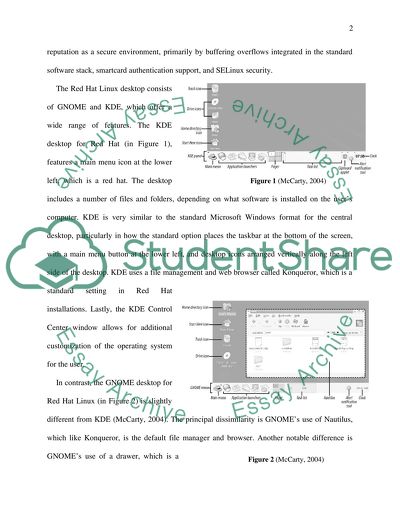Cite this document
(“Analysis of Red Hat Linux Operating System Research Paper”, n.d.)
Retrieved from https://studentshare.org/information-technology/1433400-analysis-of-red-hat-linux-operating-system
Retrieved from https://studentshare.org/information-technology/1433400-analysis-of-red-hat-linux-operating-system
(Analysis of Red Hat Linux Operating System Research Paper)
https://studentshare.org/information-technology/1433400-analysis-of-red-hat-linux-operating-system.
https://studentshare.org/information-technology/1433400-analysis-of-red-hat-linux-operating-system.
“Analysis of Red Hat Linux Operating System Research Paper”, n.d. https://studentshare.org/information-technology/1433400-analysis-of-red-hat-linux-operating-system.


